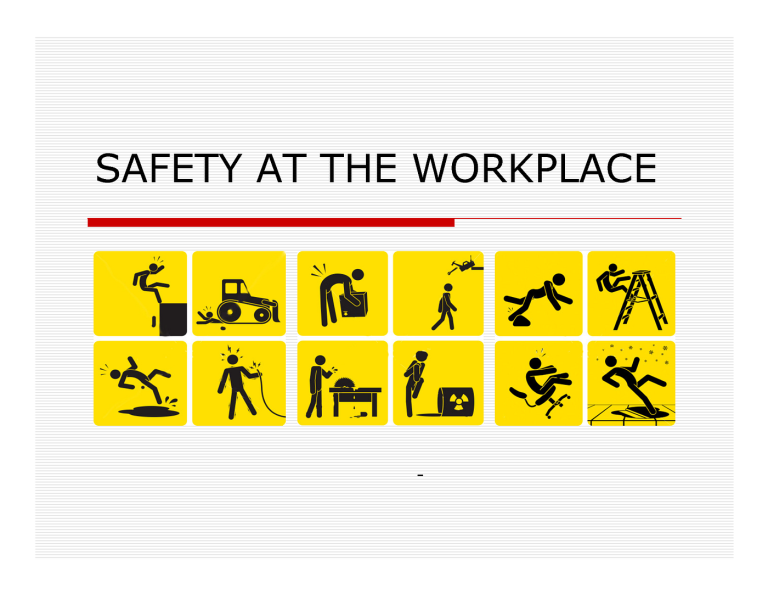The cost of replacing an employee can be equivalent to 50 – 60 percent of their annual salary, this is according the Society for Human Resources Management. Good management can contribute to a business’s bottom line because when a business has good staff, who are well managed, the result is a high staff morale which also inadvertently pushes up productivity.
The converse, bad management, will not only make it harder for your employees to do their work but will also lose you money, hurting that bottom line in the long run. It’s often said that people don’t leave jobs, they leave their managers. And even though a lot of managers’ egos may prevent them from admitting it, the truth is, a healthy and happy team is critical to an organisation’s success.
Be a better manager
The truth is very few people are born great managers, it just comes easier to some than others. Besides the type of management style and trust staff have in a leader, adopting true workflow practices and choosing the right software can help you bridge the gap between counterproductive and effective management.
The high-level coordination of activity across or between people can contribute a lot to work going smoothly, thereby decreasing opportunities for conflict, increasing productivity and contributing to high staff morale. If you believe that merely using email is effective for trafficking your teamwork, think again.
Email cannot replace the value that business process management software brings. Effective workflow software is at the centre of any effective management strategy.
A workflow solution should help you:
- get consistent, reliable action and measurable business practices
- streamline the flow of data through the business and standardise steps involved
- streamline multi-participant collaboration and empower accountability
- minimise human errors and delays
- reduce materials, time and effort spent
- increase organisational efficiency
- lower operational costs
- stay on top of everything going on and feel business is in control and on course.
The right tool for the job
Choosing the type of business process management software that suits the specific functions your employees carry out is key. First make sure that it’s easy to use because, let’s face it, there’s no point in having software that’s so complicated nobody can figure it out, or it takes more time to roll out than it saves.
Your system needs to deliver the right information to the right people and ensure that things happen when they need to, saving you the stress of wondering whether “Suzy from accounts has actioned that invoice”. Conversely saving Suzy the pain of having you at her desk three times a day, doing that “thing” staff hate – micro-management.
Some tips to look out for when choosing your process automation software
- Ensue that you can get off the ground quickly, the system should ideally have templates which can be configured to suit your business requirements.
- Digital forms enable clean data and collaborative input, so you can eliminate manually managing paperwork, reduce materials, human errors and delays.
- Flows (defined sequences of action) streamline the movement of info through required steps and ensure that processes are done in a consistent manner every time, so you can start to get measurable business practices.
- Dashboards allow you to see exactly what tasks are happening, who is responsible and how they are progressing. Easily track what’s been done, what’s been said, and take action as required.
- Scheduling enables recurring routines to begin automatically even if you’re not around, giving you peace of mind that things happen when they need to and reliably follow your operational rules without constant hand-holding.
- Connected automated reminders ensure nothing gets forgotten, slips through the crack or catches you by surprise.
- All your company activity can be rapidly analysed and reported on, enabling you to see how your business is doing and identifying where to improve.
In this highly evolving world of work, it is vital to combine the use of technology to support us to engage with the so often overlooked human element that it vital to any business’s success.
Adam Shapiro is the CEO of AutoCollect.


























